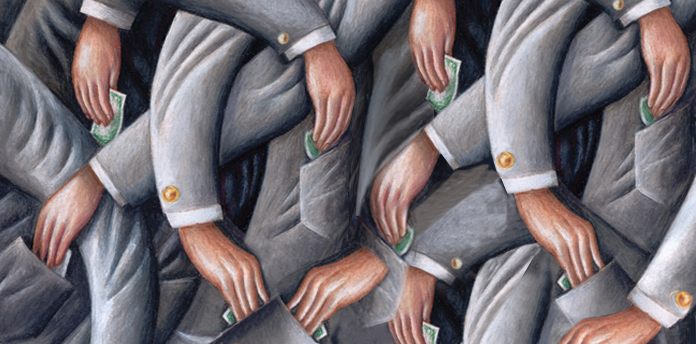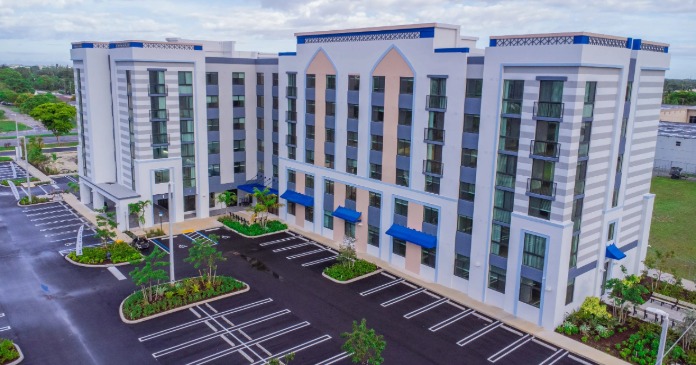They say age is just a number, and that it’s really about how you feel. Okay, that may be true—but then again, there is a reason we celebrate birthdays to commemorate another passing year. Chronological age is important. Age is an identifier, a distinction, but it also classifies us into a specific generation. That, in and of itself, is creating quite a phenomenon.
For the first time in recent history, there are potentially five generations in the workplace at the same time. The multigenerational workforce delivers the possibility of having grandparents and grandchildren in the same workspace.
Older Americans remain vital and want to continue working, or they’ve recreated themselves in a new career, placing them side-by-side with recent college grads. Bravo to the employers who see the value in classic skill sets. We’ve seen this evolution occur in the entertainment industry with names like Betty White (99 years old), Dustin Hoffman (84 years old) and Cher (75 years old), who are still performing, still memorizing lines and still effective in their respective jobs. It is commonplace to see mature Americans still working in the government arena, with many of our presidents and legislators in their 70s and 80s.
No longer do these healthy, vibrant, older Americans want to be pushed out or forced to retire because they have reached a certain chronological age. Don’t assume the 65th birthday means it’s time for a gold watch and Social Security benefits.
Conversely, this means HR has a large pool of talent to choose from. College grads and career-focused tenured employees are wanting to climb the career ladder. They are savvy tech professionals who are confident, and they see their value in the workplace. This dichotomy is creating an interesting workplace culture.
But is your organization ready for this?
There are inherent differences between these generations. A 75-year-old doesn’t communicate the same way a 25-year-old does. Seasoned workers may like to talk on the phone or meet face-to-face. A Millennial might prefer emailing, texting or DMing. They don’t share the same work habits, career goals and skills—but that’s not a bad thing. Look at this as an opportunity. Accentuate the positive, eliminate the negative. It’s time to read the room and set a tone.
Your strategy is to create a workplace that bridges the gap. Here’s what you’re working with; experts define our current generations this way:
- Traditionalists, born in 1945 and before;
- Baby Boomers, between 1946 and 1964;
- Generation X, between 1965 and 1976;
- Millennials, born between 1977 and 1995;
- Generation Z, born in 1996 and after.
First and foremost, this is about teamwork. You want to foster better communication and create mutual respect among the generations. Look at the richness in your office and take advantage of it. Historically, you have employees whose experiences run the gamut from old school business to the technological age. This is an opportunity for your staff to learn from each other. You can create that environment where questions are embraced and knowledge is shared. Consider these ideas when building your game plan.
Peer mentoring
Peer mentoring goes a long way in building trust and respect. For example, you may have a 58-year-old employee who has very strong soft skills but who hasn’t mastered the computer. This employee knows just enough to get the job done but could benefit from learning tech shortcuts. You see where this is going. Let’s say you have a 23-year-old who is proficient in operating company software and is the “go-to” when there’s a tech issue in the office. Problem is, this individual might lack people skills. Here’s your chance to make a connection.
Whether through formal in-house training opportunities where each of these employees conducts a short instructional opportunity for the entire office or a more casual lunch-and-learn session allowing everyone to share their talents, it allows all ages to recognize what everyone brings to the table.
Opinions count
Create a workplace where opinions are heard and really count for something. People want to feel valued. Feedback can come in different forms. Conduct one-on-one chats, use surveys, get employees engaged and ask them how the company can better serve them. Use that information to provide development opportunities. Research indicates that the three most important topics that span the generations include professional development opportunities or lifelong learning, financial investment programs and family caregiving at various life stages.
Be adaptive
With such a wide range of talent to choose from across the generations, you have the ability to attract the best of the best, and your job is to retain these employees and keep them satisfied.
First, make sure your company policies are welcoming to all generations, then be accommodating to their unique needs. That equates to flex-time, hybrid or remote opportunities—a concept that has exploded since the onset of the pandemic. Let your employees know you are doing everything you can to help them maintain a healthy work-life balance.
Bridging the multigenerational gap in the workplace doesn’t have to be heavy-duty construction. Your strategies need to put people top-of-mind. You have a unique opportunity to embrace a multitude of perspectives that have the power to make your company stronger.
Source Clarissa Windham-Bradstock, Any Lab Test Now















